
Review by Melanie Chapman •
Thoroughly Modern Miller: The Photographs of a Master Who Refused to Remain a-Muse-ing
Nearly one quarter of the way through the twenty-first century, and approximately one hundred years after the birth of Surrealism, the “female gaze” is finally gaining recognition as a credible artistic point of view. Thus, Lee Miller is my kind of gal, a “Trail-blazing Barbie” in today’s vernacular.
When considering the work of a photographer, their own physical appearance is not/should not be the first topic that comes to mind. But in the case of Surrealist and War Photographer Lee Miller, this issue must be addressed immediately, so that one can move on. Lee Miller was beautiful. No question about it. So beautiful that at age 19 when she nearly stepped into the path of an oncoming car in 1930s New York City, her rescuer, Conde Nast himself, instantly recognized hers was the face he’d been searching for. Thus Miller’s early career as a highly in-demand model for Vogue and other major fashion publications was launched.
In our 21st century media-saturated lives, in which women become billionaires for not much beyond self-objectification by flaunting their “natural” gifts, it is perhaps hard to imagine a person as successful as Miller feeling compelled to move on to greater pursuits, and yet that is exactly what she did. Though prompted by the modeling career-killing and unauthorized use of her image in a Kotex advertisement (how scandalous!), Miller was destined, by talent and training, to realize her greatest creative success behind rather than in front of the lens.
Having been taught the technical as well as aesthetic power of photography by her father, Miller pursued the craft when she moved to Paris and announced herself as the new student of famed Surrealist photographer Man Ray. Yes, they became lovers as well as collaborators, and Miller was featured in several of Man Ray’s better-known images. But Miller was herself an innovative photographer and deserved her place among the circle of artistic friends that included Pablo Picasso, Max Ernst, and Jean Cocteau. Miller’s portraiture of these and other creative luminaries remain some of the most intimate glimpses into their interior lives.
As presented in this excellent new book, Lee Miller: Photographs, it is Miller’s daring and empathetic work as a World War II photojournalist for Vogue that makes the strongest impression. Miller documented some of the worst examples of man’s inhumanity against their fellow man, yet due to her strong compositional eye and gift in finding the beauty in found objects, one cannot look away. Miller’s images taken during the liberation of the Buchenwald and Dachau concentration camps in 1945 are powerful not only for the subject matter but for their compositional and emotional strength. Miller’s photography elevated the importance of portraiture beyond a representation of surface and revealed the deeper hearts of darkness that only war can invoke. Miller’s images call attention to the impact of war on women and children, be they starving infants in a hospital ward, or suspected collaborators with the enemy hanging their heads in shame, and her compassion as well as artistry are why these photographs remain to this day especially moving.
That we are able to know the legacy of Lee Miller and experience her masterful work is in large part thanks to her son Antony Penrose, whose informative and touching introduction provides the context for this superb overview of Miller’s life and photography. With 122 illustrations (110 of which are in duotone), this hard-bound gorgeously printed monograph is yet another superbly-edited must-have publication from Thames and Hudson. It is best accompanied by the biography The Lives of Lee Miller, also written by Antony Penrose, published most recently in a compact paperback format by Thames & Hudson in 2021.
At the time of this writing, the sense of loss surrounding the passing of yet another talented and beautiful artist, the singer Sinead O’Connor, is still sinking in. Like O’Connor, photographer Lee Miller was not content to remain just a pretty face, an object to be desired and commodified. Both may have been taken advantage of in their youths, a negative by-product of their physical appearance. Yet both were fiercely independent and forward-thinking visionaries who challenged convention and took great personal risks to reveal truths about the pain and preciousness of modern life. Miller’s later years were not always happy ones, and it is to Penrose’s credit that he shares a bit of his mother’s struggles in his informative and compassionate introduction.
May the world become more familiar with the artistry and beauty of Lee Miller and her work. May she be appreciated for her talent and admired for her daring life. May she always rest in power as well as peace.
____________
Melanie Chapman is a PBJ Contributing Editor and a Southern California photographer.
____________
Antony Penrose – Lee Miller: Photographs
Photographer: Lee Miller (1907-1977; born in Poughkeepsie, New York; died at Farley Farm near Chiddingly, East Sussex, England)
Texts: Introduction by Antony Penrose; foreword by Kate Winslet
Publisher: Thames & Hudson, Copyright 2023
Hardcover, stitched binding, 144 pages, 122 illustrations, 110 in duotone; 10.1 x 11.2 inches; printed and bound in China by RR Donnelley; ISBN 9780500025925
Book design: Sarah Praill
____________
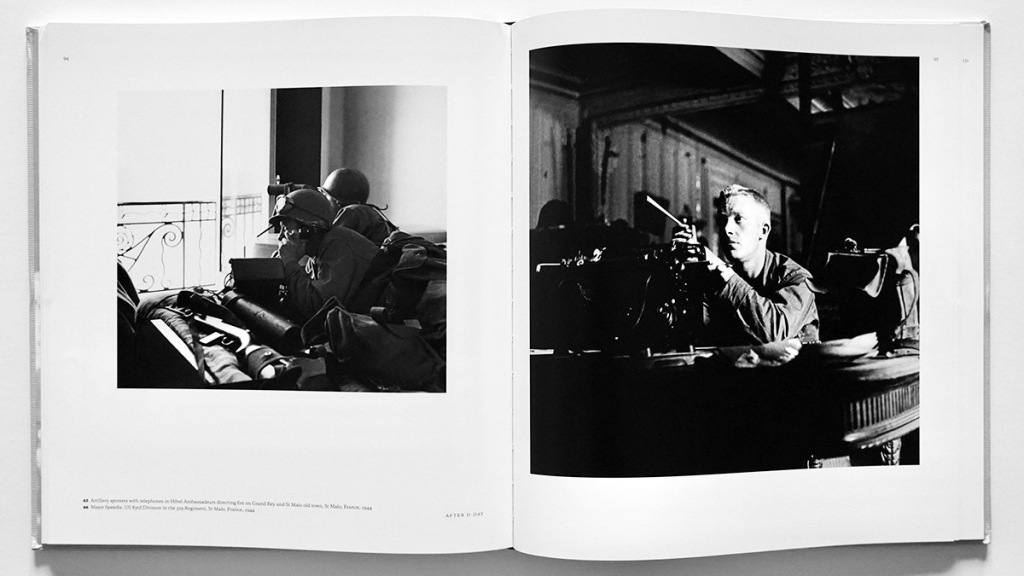
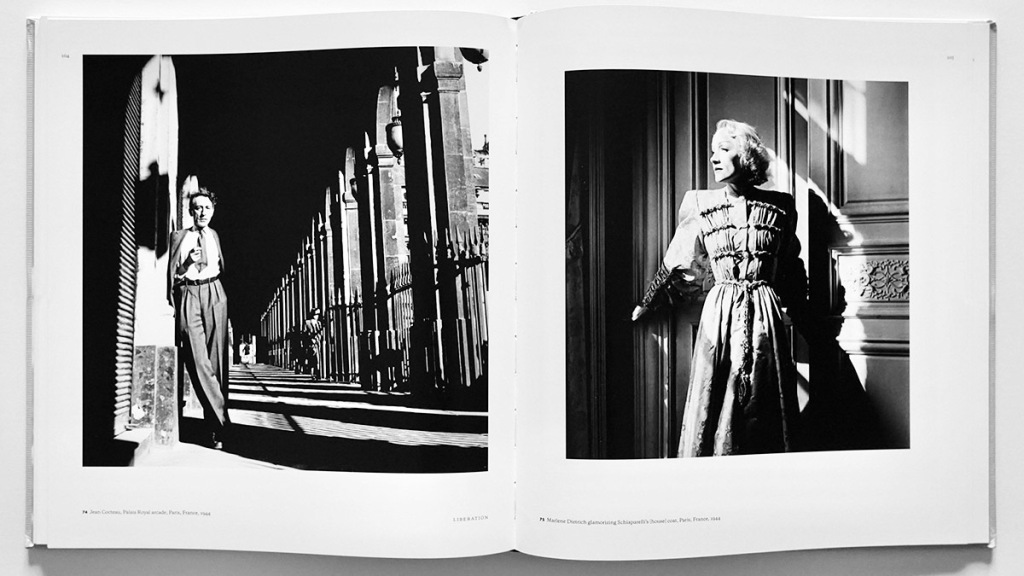
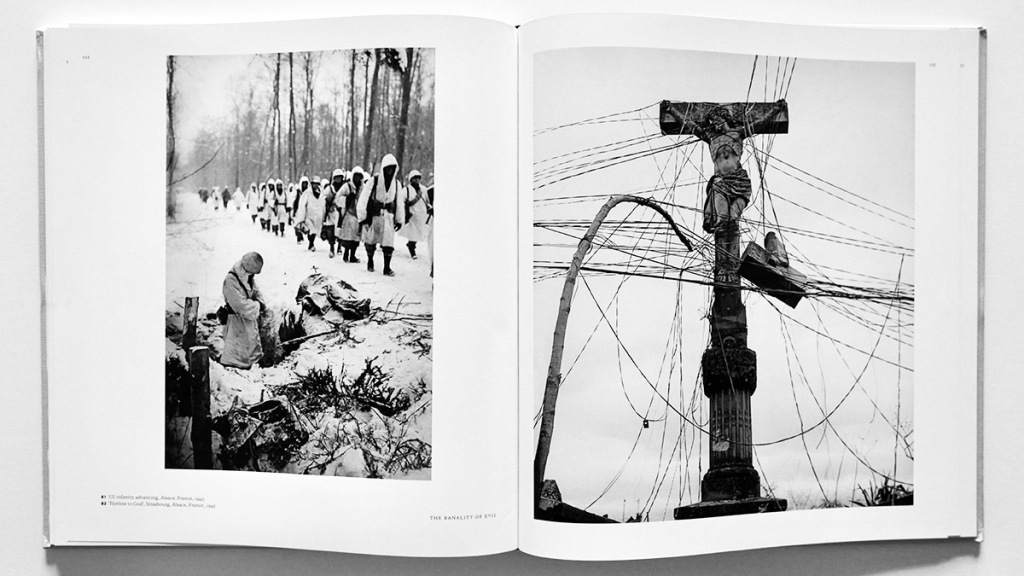
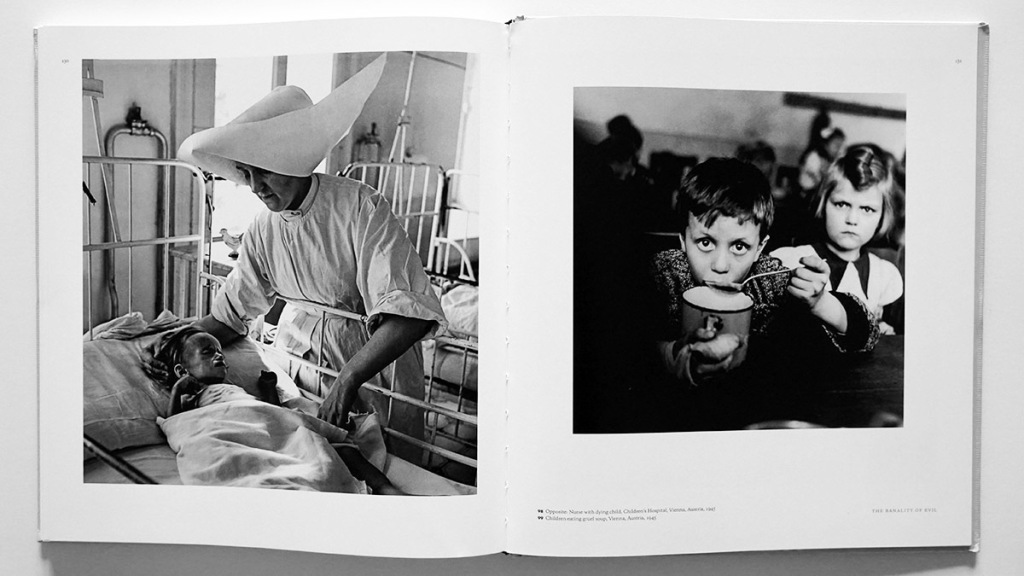
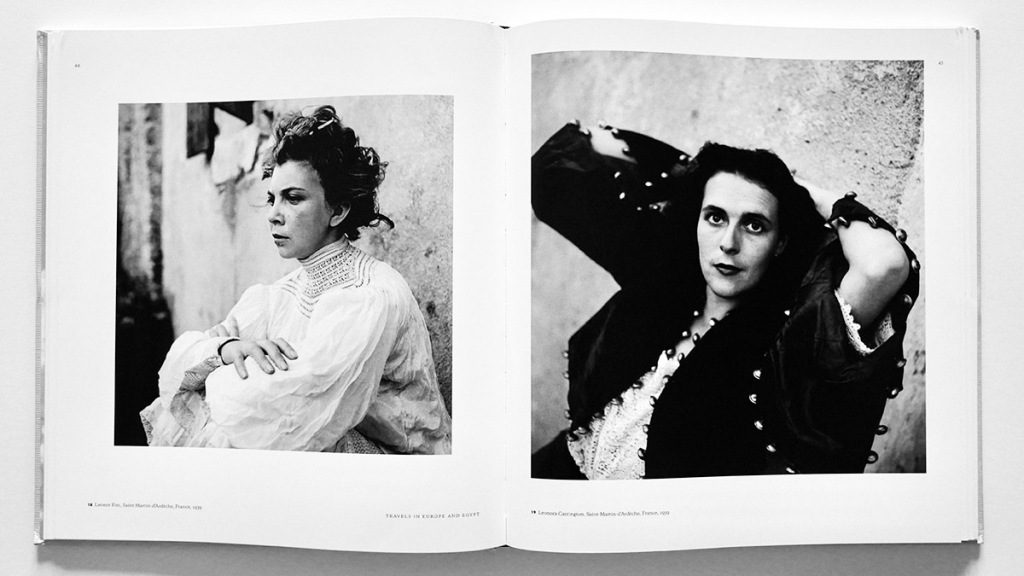
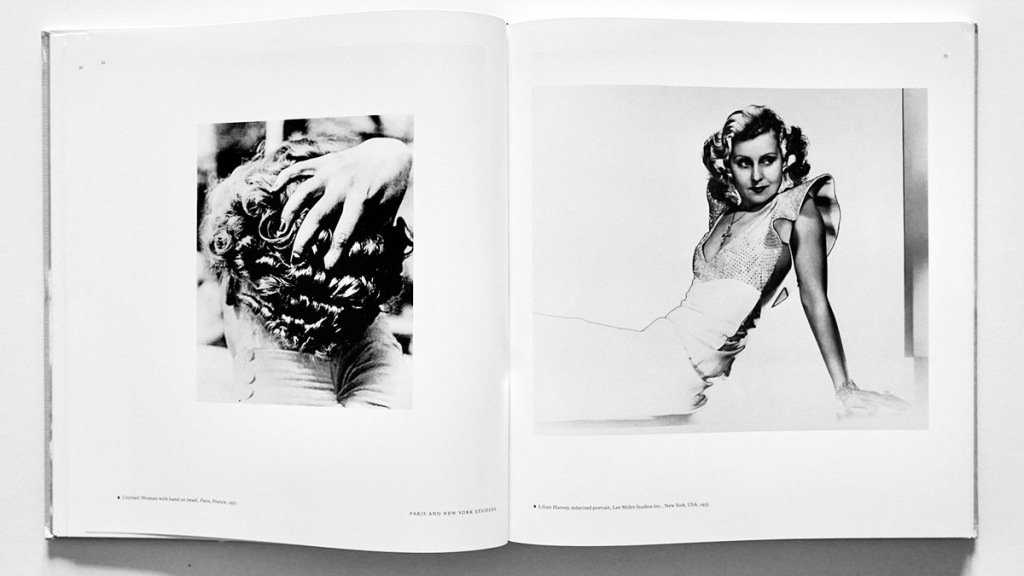
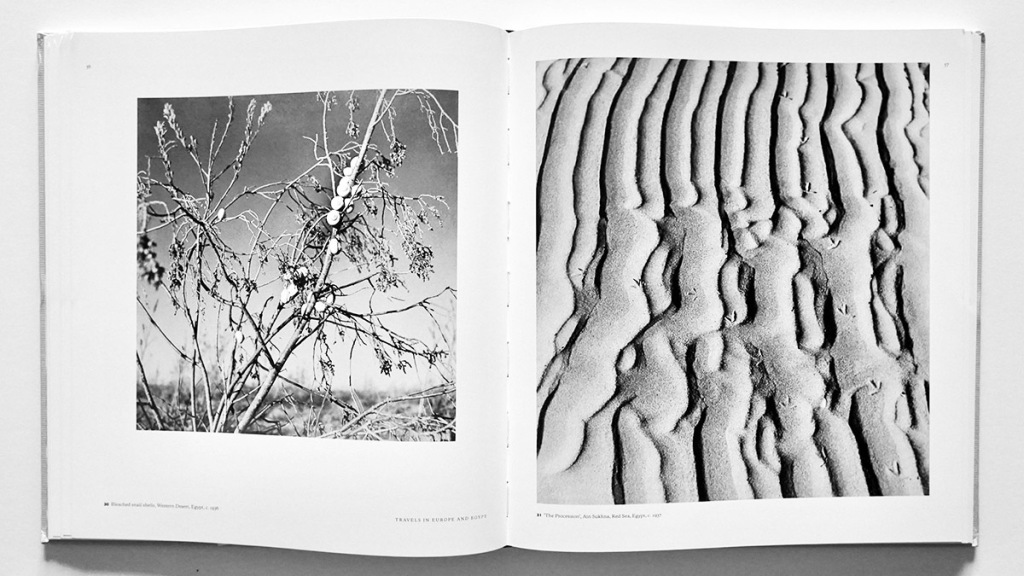
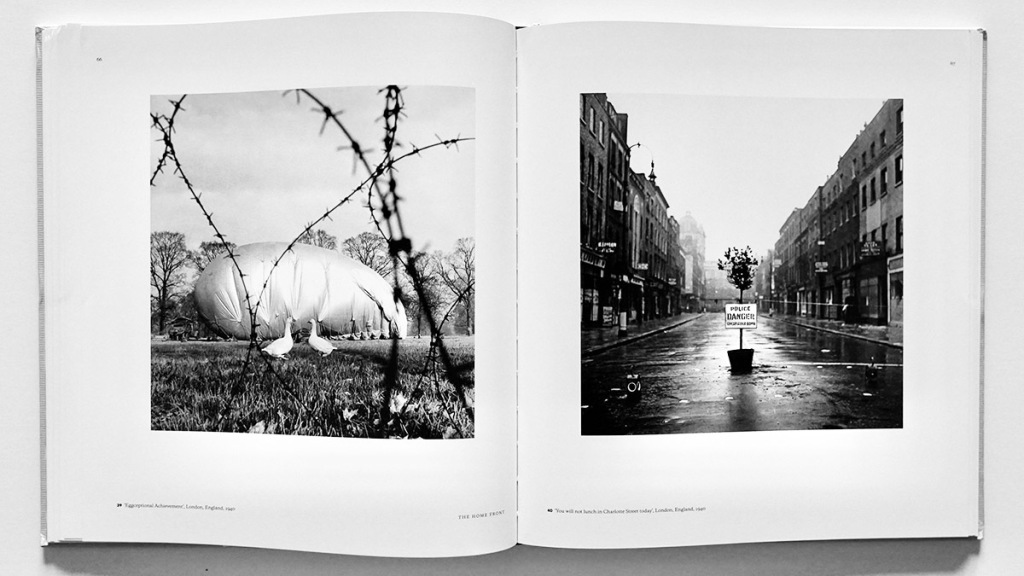
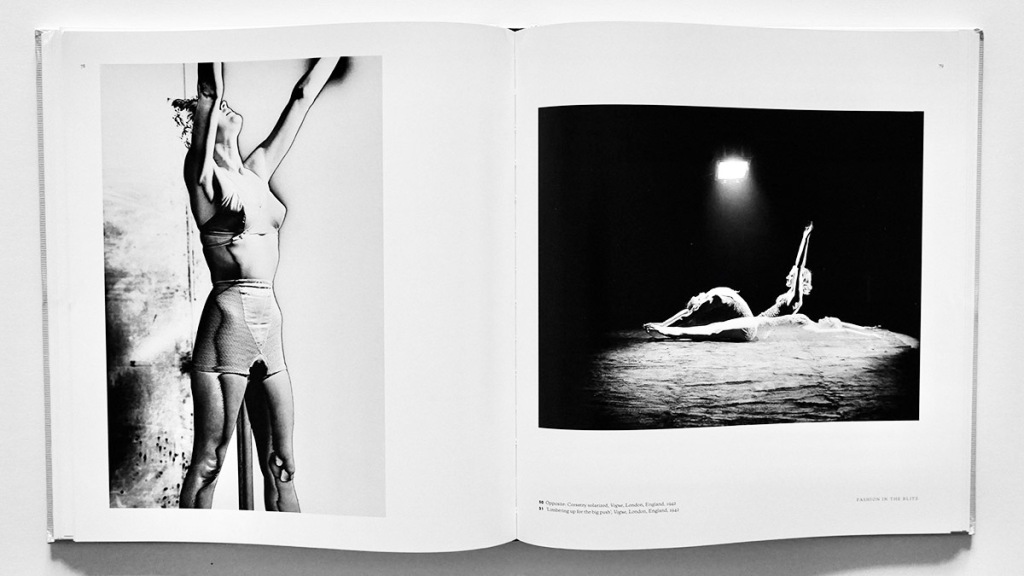
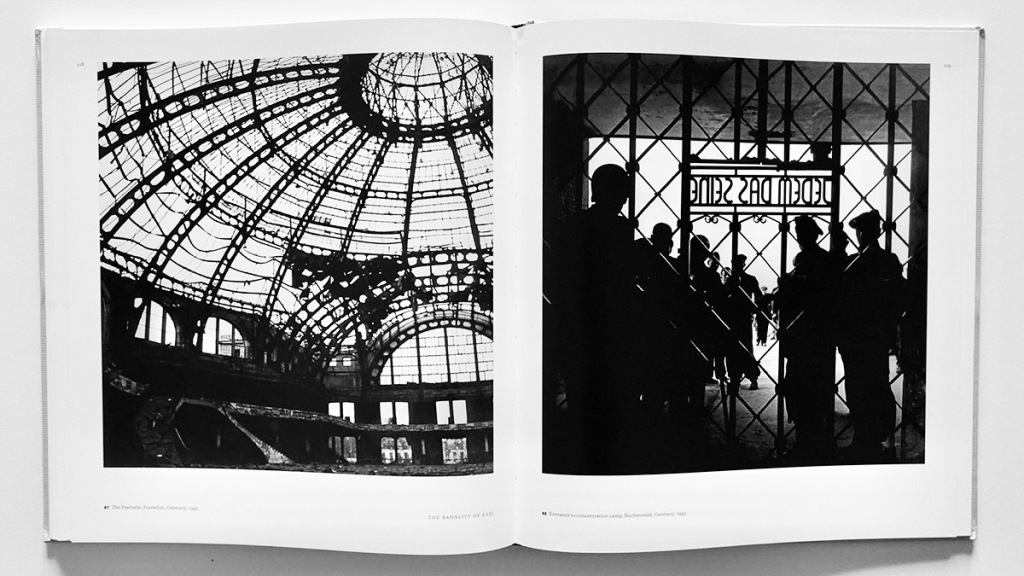
Articles and photographs published in the PhotoBook Journal may not be reproduced without the permission of the PhotoBook Journal staff and the photographer(s). All images, texts, and designs are under copyright by the authors and publishers.
Leave a comment